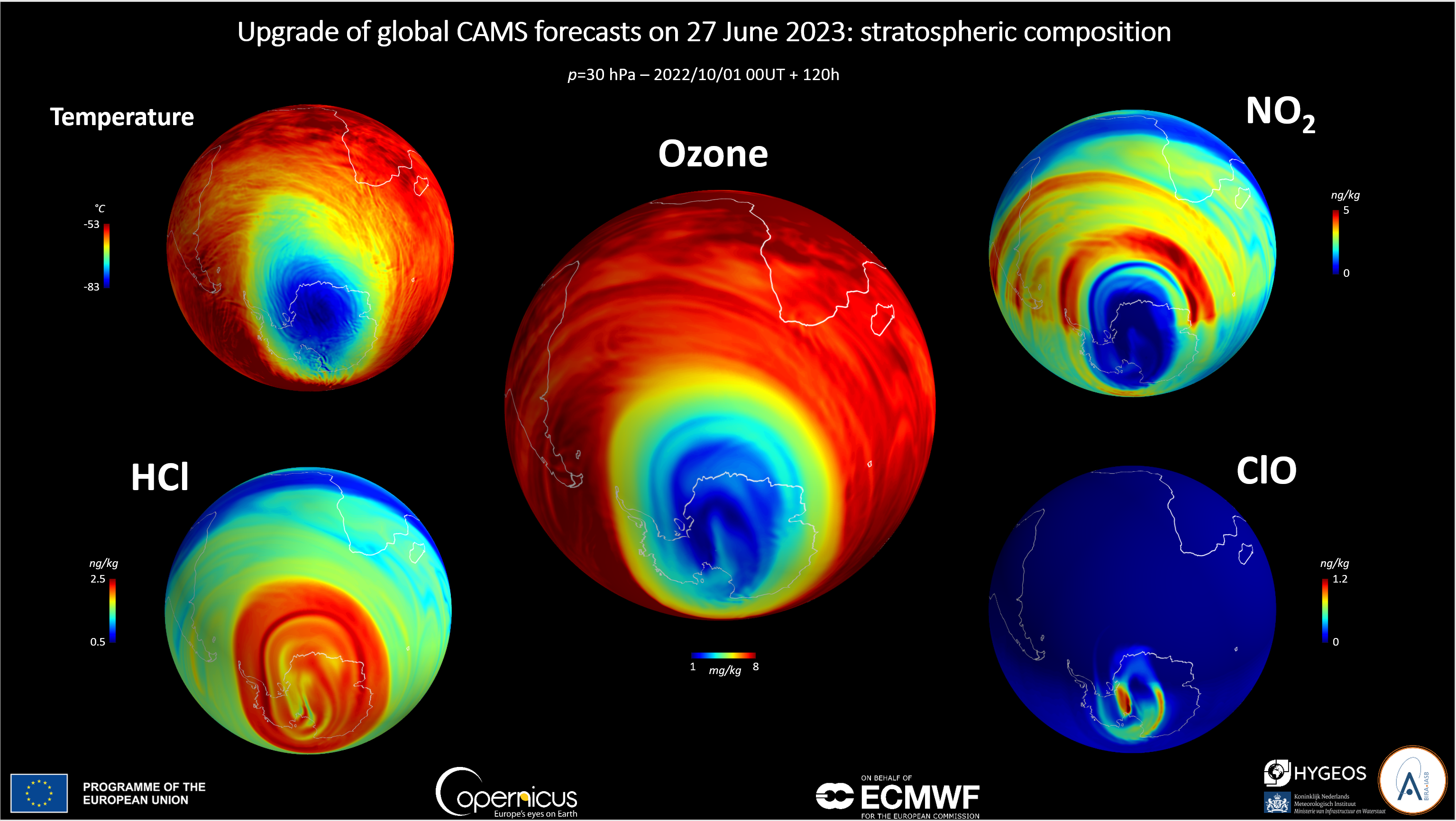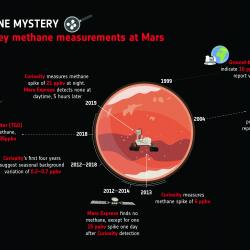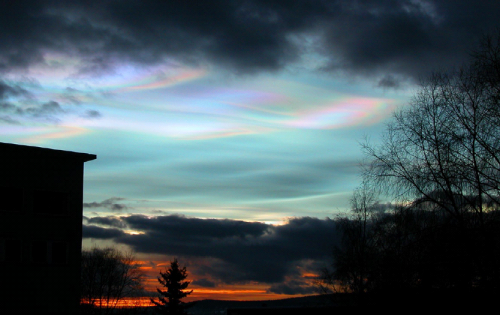The Copernicus Atmosphere Monitoring Service’s (CAMS) global system, which delivers daily global atmospheric composition analyses and forecasts, has undergone yesterday a major upgrade. The system now accounts for detailed chemical processes not only in the troposphere (lower 10 km of the atmosphere) but also in the stratosphere, the upper layer of the atmosphere which contains the ozone layer. It will allow a more realistic representation and better understanding of the two-way interactions between weather, climate and stratospheric chemistry. One only has to think about the large forest fires and the volcanic eruptions of the last years, and about the pollutants which they injected into the stratosphere, to imagine the importance of this progress. This upgrade of the CAMS configuration of ECMWF’s highly successful Integrated Forecasting System (IFS) results from its long-running collaboration with BIRA-IASB, KNMI, and HYGEOS. The European Centre for Medium Range Weather Forecasts (ECMWF) operates CAMS on behalf of the European Commission.
Extending the CAMS detailed chemical forecasts to the stratosphere
The CAMS global forecasts benefited on Tuesday 27 June from a major improvement: they will not only provide detailed information on the chemical composition of the troposphere but also on the composition of the stratosphere. The stratosphere lays between 15 and 50 km altitude and includes the « ozone layer », which protects us from ultraviolet radiation. Every year above the Antarctic, and more rarely above the Arctic, a springtime « hole » appears in the ozone layer. The interactions between climate change and the ozone layer are not well understood, and the stratosphere has been disrupted the last years by exceptional events – specifically the large wildfires in Australia and the major explosive eruption of the Hunga Tonga volcano in January 2022. Previously, the CAMS global system included a simplified representation of chemical processes in the stratosphere, which did not allow to account for such types of feedbacks. This change, motivated by requirements expressed by many users of the CAMS global system, will thus unlock better monitoring and understanding of the evolution of the ozone layer, and its interactions with the currently unfolding climate crisis.
Monitoring of the atmospheric composition in Europe
CAMS is one of the six operational services of the EU’s Copernicus Programme and is operated by ECMWF on behalf of the European Commission. It is based on a global and real-time forecasting system of the atmospheric composition, with many applications such as air quality, the availability of solar energy or the amounts of pollutant emitted worldwide. Through websites and smartphone applications, CAMS information products reach over 200 million people daily. These forecasts are delivered by a special configuration of the Numerical Prediction System of the European Center for Meteorological Weather Forecast (ECMWF), which accounts not only for meteorology but also for chemical processes. CAMS works with European contractors to improve atmosphere monitoring and forecasts. As part of this programme, the Royal Belgian Institute for Space Aeronomy (BIRA-IASB), the Royal Netherlands Meteorological Institute (KNMI) and HYGEOS have developed further the representation of chemical processes occurring in the stratosphere.
A new generation of global atmospheric models
Until now the CAMS system was able to monitor the ozone layer thanks to a simplified representation of stratospheric ozone chemistry and the assimilation of satellite observations of ozone, but did not take explicitly into account the complex chemical reactions which happen there. This is where BIRA-IASB intervened: having developed since 2002 its own monitoring system of the stratosphere (BASCOE), it collaborated with KNMI and ECMWF to implement stratospheric chemistry into the ECMWF global model used operationally by CAMS. This model is now able to forecast not only the stratospheric dynamics and ozone, but also all the chemical species which control its concentration in the stratosphere – for example nitrogen dioxide (NO2), hydrogen chloride (HCl) or chlorine monoxide (ClO). The many users of this European service will thus benefit from more detailed information about the ozone layer and its evolution as a result of both the Montreal Protocol and the currently unfolding climate crisis.
This achievement is the outcome of a continuous R&D effort for the 25 past years at BIRA-IASB. It results from the long-term investments carried out by the European Union Union in the context of the Copernicus Programme, and by the Belgian Federal Science Policy Service through the permanent scientific staff of BIRA-IASB.

The very low temperatures above the Antarctic lead to the development of stratospheric clouds and the chemical production of HCl, generating after the long polar night ClO which destroys ozone. NO2 is involved in these chemical reactions and is also an important pollutant at the surface: computing its concentration in the stratosphere allows a better use of satellite observations to forecast surface pollution.


